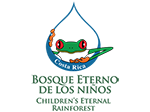Our History
The Children's Eternal Rainforest (CER) belongs to the Monteverde Conservation League (MCL), a Costa Rican nonprofit organization with the mission "to conserve, preserve and rehabilitate tropical ecosystems and their biodiversity."
Since 1986, MCL has promoted conservation through land purchase, environmental education, reforestation and restoration of degraded lands, sustainable development, ecotourism, and scientific research.
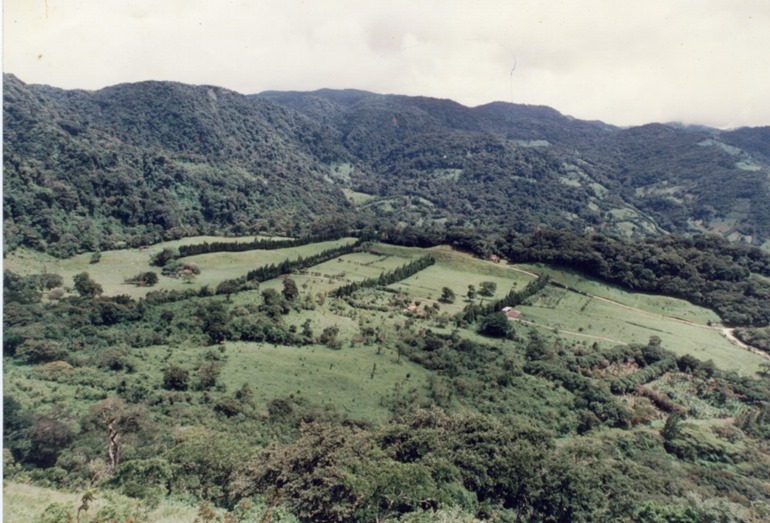
Agricultural development in San Luis de Monteverde in the early 1990’s, with intact forest in the background. Some of MCL’s early windbreaks are visible between the pastures
The Monteverde Conservation League is born
In 1985, agricultural development in the Monteverde area threatened much of the remaining forest on the Pacific slope. A group of community residents identified this threat and founded the Monteverde Conservation League (MCL) in early 1986. The focus of this new nonprofit organization quickly shifted to include the Atlantic slope of the Tilarán Mountains, due to a deforestation crisis threatening the Peñas Blancas Valley. Monteverde residents, along with biologists and researchers, began a fundraising campaign to purchase land to protect the forests in the Peñas Blancas Valley. Initial support included donations from many individuals, contributions from the World Wildlife Fund in Canada and the U.S., and the debt-for-nature swap program.
The Environmental Education Program begins
MCL began its Environmental Education Program in 1986, working in local schools and taking children on field trips to the forest. The goal was to ensure the long-term survival of the forests that MCL was purchasing to protect, helping people in surrounding communities to understand the importance of protecting the forest while improving their own land use practices on their farms. MCL continues its Environmental Education activities, both in Monteverde and in the neighboring communities of the Children's Eternal Rainforest on the Atlantic slope. Currently, MCL has two environmental educators who work with children, youth and adults, both in classrooms and on tours to the forest, focusing on topics such as water resources, biodiversity, climate change, the importance of wetlands and the management of waste (reduce, reuse and recycle).
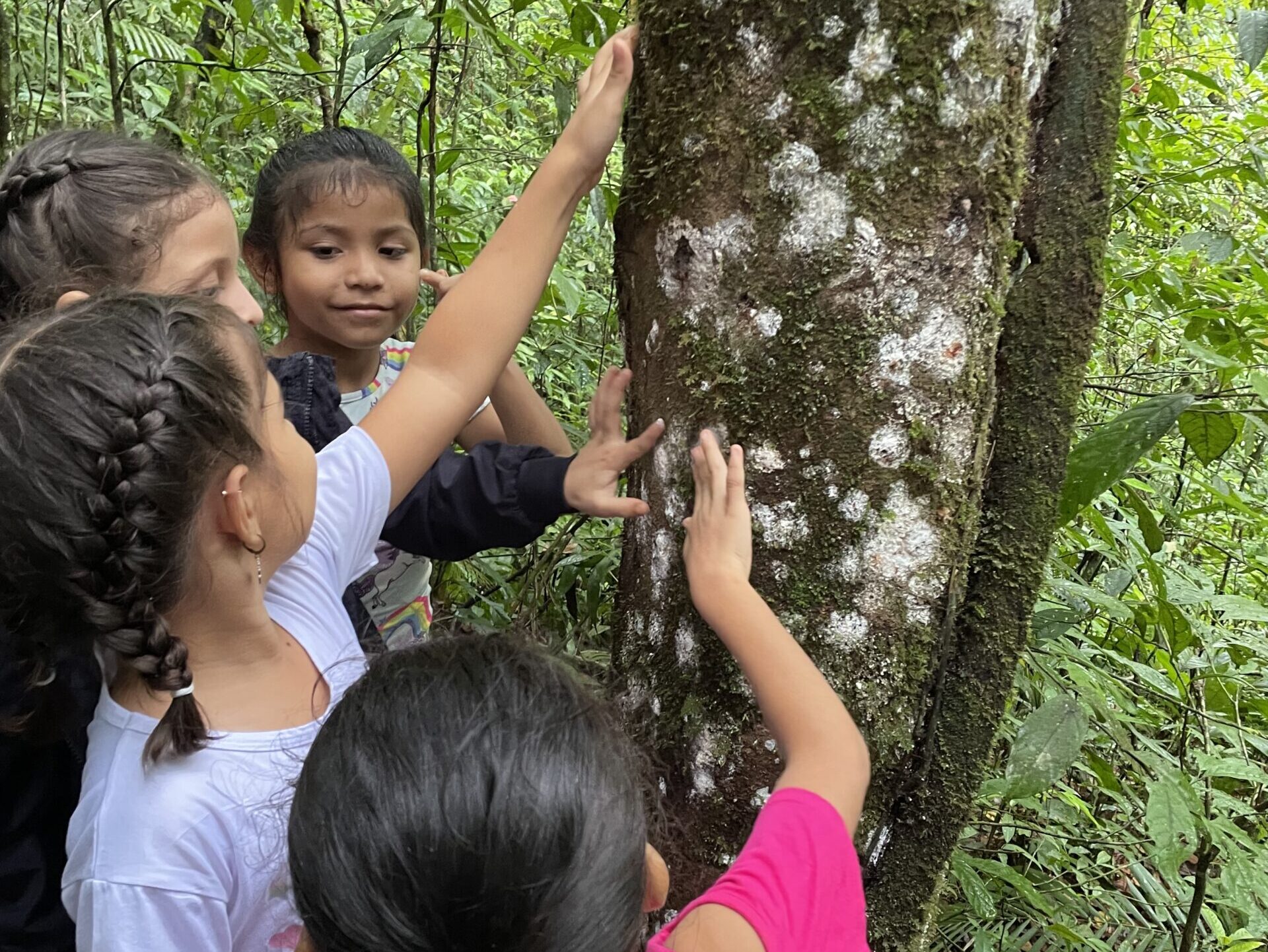
Students explore moss and lichens on a tree trunk during a rainforset field trip as part of our Environmental Education Program
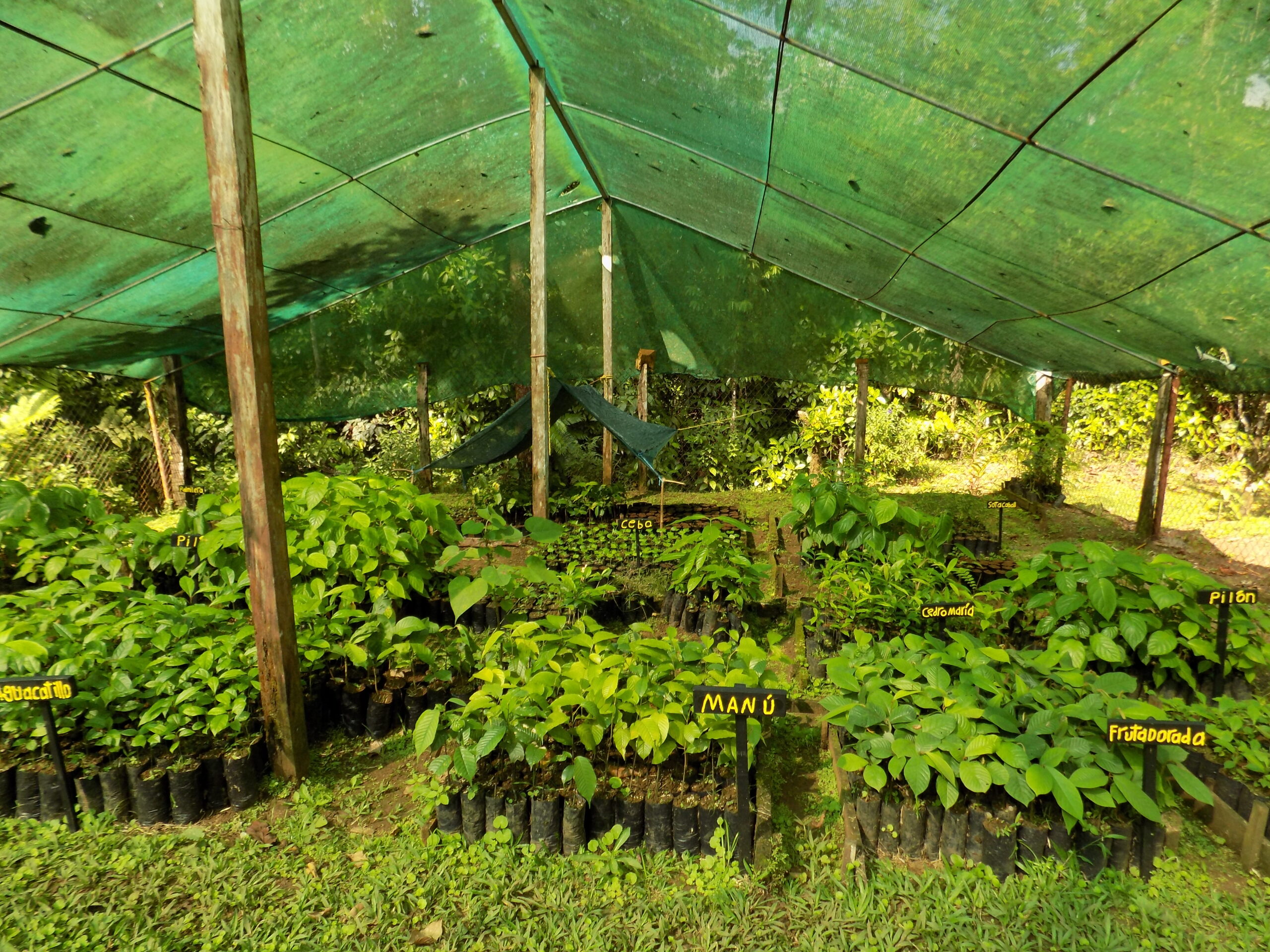
Reforestation nursery at Finca Steller, La Tigra de San Carlos
Reforestation
Since its inception in 1986, the Monteverde Conservation League has been active in reforestation projects. In fact, more than 1.6 million trees have been planted in the communities surrounding the Children's Eternal Rainforest. The “Forests on Farms” project in the 1990s worked with local farmers to plant native trees through reforestation or planting windbreaks. This innovative project was instrumental in restoring connectivity between forest patches on the Pacific slope of the Children's Eternal Rainforest near Monteverde. Today, this area is part of the Bellbird Biological Corridor.
Currently, MCL maintains a small nursery at Finca Steller (La Tigra de San Carlos) where about 3,000 seedlings of about 20 native tree species are produced each year. These trees are planted in the Children's Eternal Rainforest itself, or sold to neighbors at a symbolic price in order to promote reforestation on neighboring properties on the Atlantic slope of the CER.
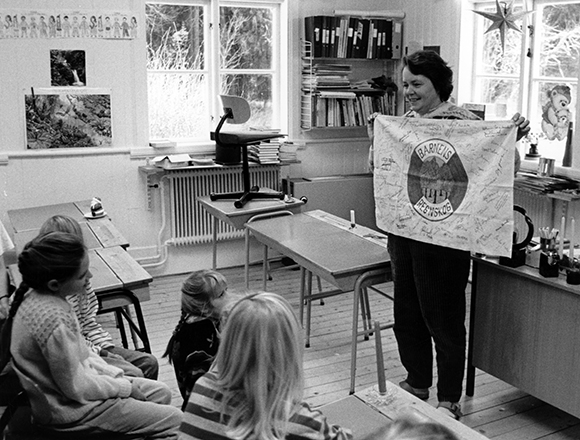
Teacher Eha Kern shows the new Barnens Regnskog flag to her students
The Children's Eternal Rainforest begins
In 1987, an American biologist who had worked in Monteverde, Sharon Kinsman, traveled to Sweden to talk about rainforests. Professor Eha Kern invited Kinsman to give a presentation to students at her elementary school. The students had the idea of raising money to save the rainforests, and in their first effort they raised enough money to purchase six hectares of rainforest, in an area adjacent to land already purchased by the Monteverde Conservation League. Kern and her husband Bernd formed a Swedish non-profit organization, Barnens Regnskog, to raise funds for MCL's land purchase campaign.
The acquired land was called the “Children's Eternal Rainforest” to recognize the efforts of the children, and also in honor of the Monteverde Quakers, who had protected the forests of their watershed as “Bosqueterno” since their arrival in the area in 1951.
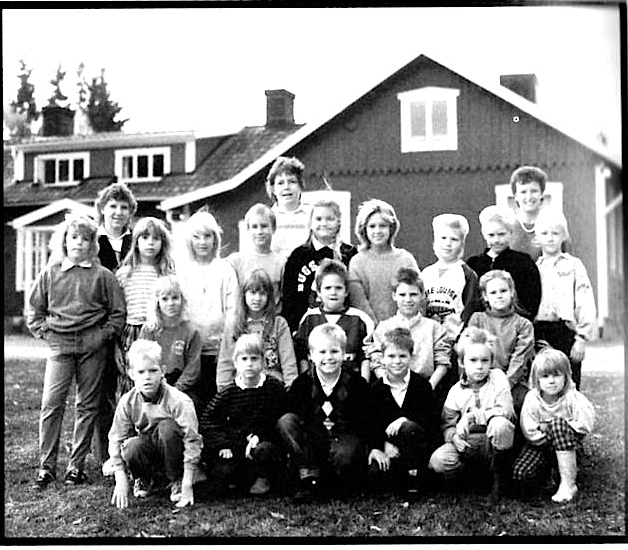
Teacher Eha Kern (back, center) with her students at Fagervik's school, Sorunda, Sweden, 1987
Land purchase
Beginning in 1986, MCL members worked alongside biologists, photographers, and community members to raise funds to purchase land threatened by deforestation. Some funding came from international organizations and debt-for-nature swaps, but most of the funds for land purchase were the result of small and moderate donations from many people around the world.
Additionally, between 1988 and 1992, Barnens Regnskog raised $2 million for the land purchase and protection, including support from the Swedish government (SIDA) to support other MCL projects. Over the years, other partner organizations were established, including Children’s Tropical Forests UK (United Kingdom), Kinderregenwald Deutschland eV (Germany), Nippon Kodomono Jungle (Japan), and Friends of the Rainforest (USA).
Many groups and individuals, including children and adults in 44 countries around the world, raised money in many creative ways to expand and protect the Children’s Eternal Rainforest.
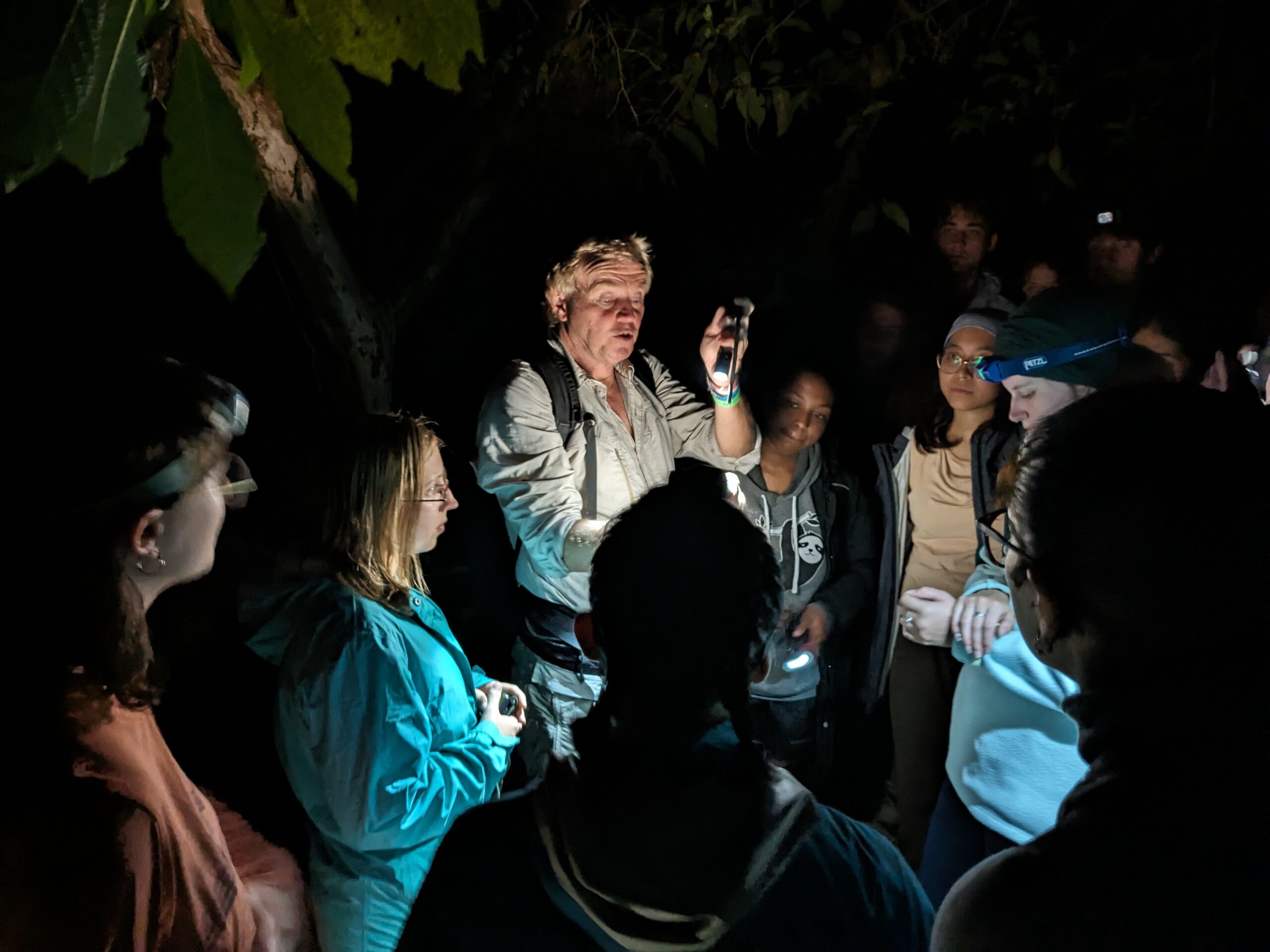
Naturalist Mark Wainwright shares his knowledge and love of the forest with students during a night walk at San Gerardo field station
Protecting the Children’s Eternal Rainforest
As soon as MCL acquired land, it had to protect it from various threats, including poachers, logging, and squatters, and MCL hired its first ranger in 1987. Currently the organization has 5 rangers to patrol its 22,600 hectares (56,000 acres).
It quickly became clear that conservation involved not only protecting the forest from external threats, but also involving neighbors, promoting education, and encouraging forest regeneration in nearby communities. Generating the financial resources necessary to finance these key programs has been a constant challenge.
MCL began promoting sustainable tourism early on, and visits to the forest became not only an opportunity for education but also to generate income for the conservation of the entire Children’s Eternal Rainforest (Bosque Eterno de los Niños, BEN). MCL developed areas for ecotourism visitation, with trails at Bajo del Tigre and Finca Steller (initially forests in the process of regeneration), and field stations in the heart of the BEN at San Gerardo and Pocosol. Income from visitation (entrance fees, lodging, meals, souvenirs) is currently an important part of the organization’s income, and visitors can feel proud that their visit to one of these places supports the conservation of the entire BEN. Furthermore, visiting the BEN is an important opportunity for people to learn about the forest and its incredible biodiversity. Many of the people who visit the BEN are part of academic groups, from Costa Rica and abroad.
In 1997, the Costa Rican government began its Payment for Environmental Services (PES) program, which introduced an alternative form of income for MCL. PES are economic incentives that compensate property owners for protecting forests and corresponding ecosystem services. MCL receives PES through contracts with the Costa Rican government (FONAFIFO) and also from two private hydroelectric companies. MCL also helps neighboring property owners participate in the PES program, which has been an important way to promote conservation on private properties and help neighboring landowners receive financial incentives in recognition of their important conservation actions.
In addition to income from visitation and payments for environmental services, donations form an important part of MCL’s income.
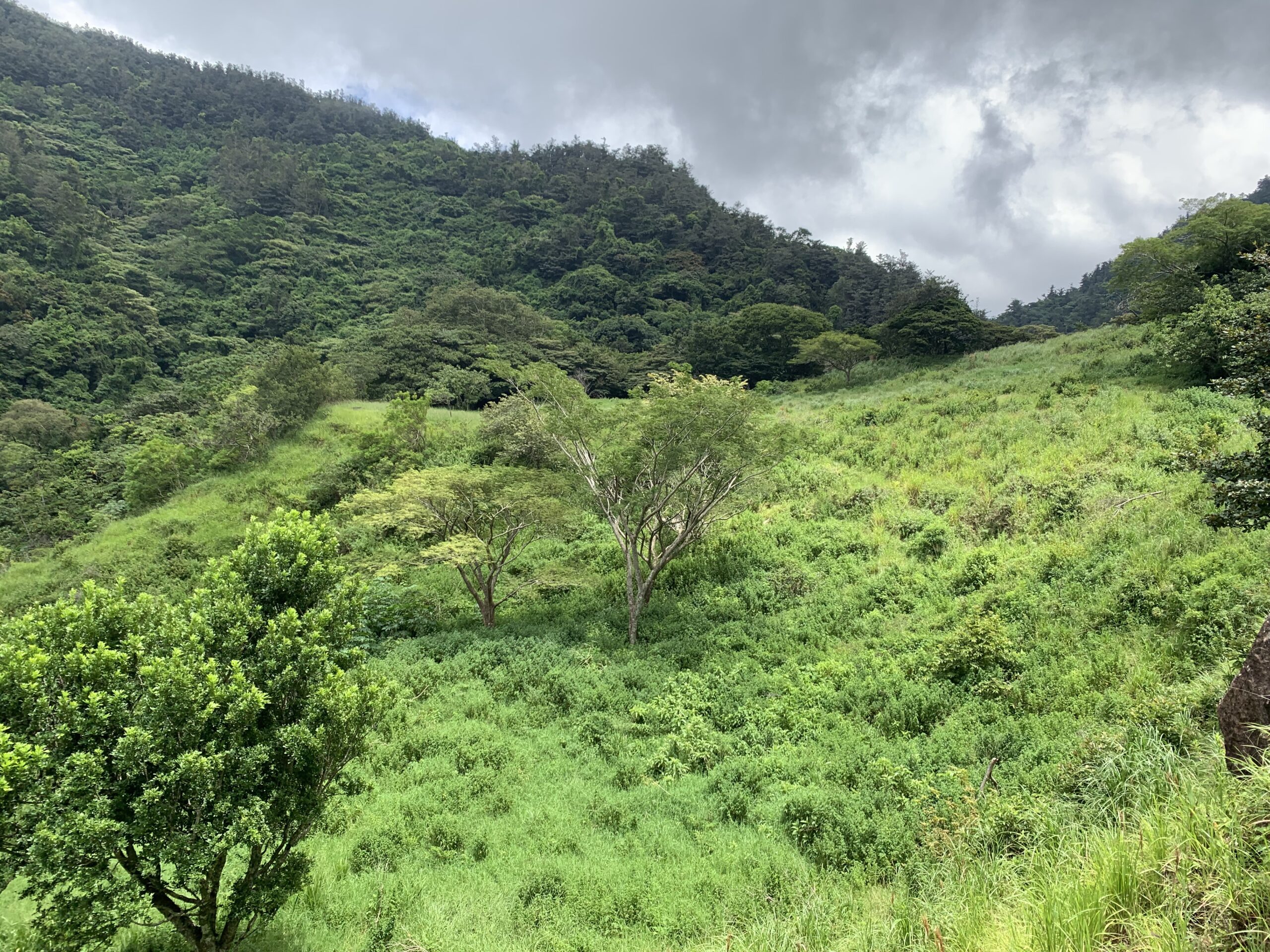
Pasture in process of natural regeneration, with secondary forest in the background, at a property purchased by MCL in 2023 in Veracruz, Guacimal.
The Children's Eternal Rainforest continues to grow
Most of the land that makes up the Children’s Eternal Rainforest today was purchased between 1989 and 1993. However, the purchase of land for conservation has been a priority throughout MCL’s history, and the CER has continued to grow, reaching its current size of approximately 22,600 hectares. New land purchase is currently focused on improving connectivity with other protected areas through biological corridors. The support of children, adults, and organizations in 44 countries around the world has been instrumental in raising money for land purchase and protection.
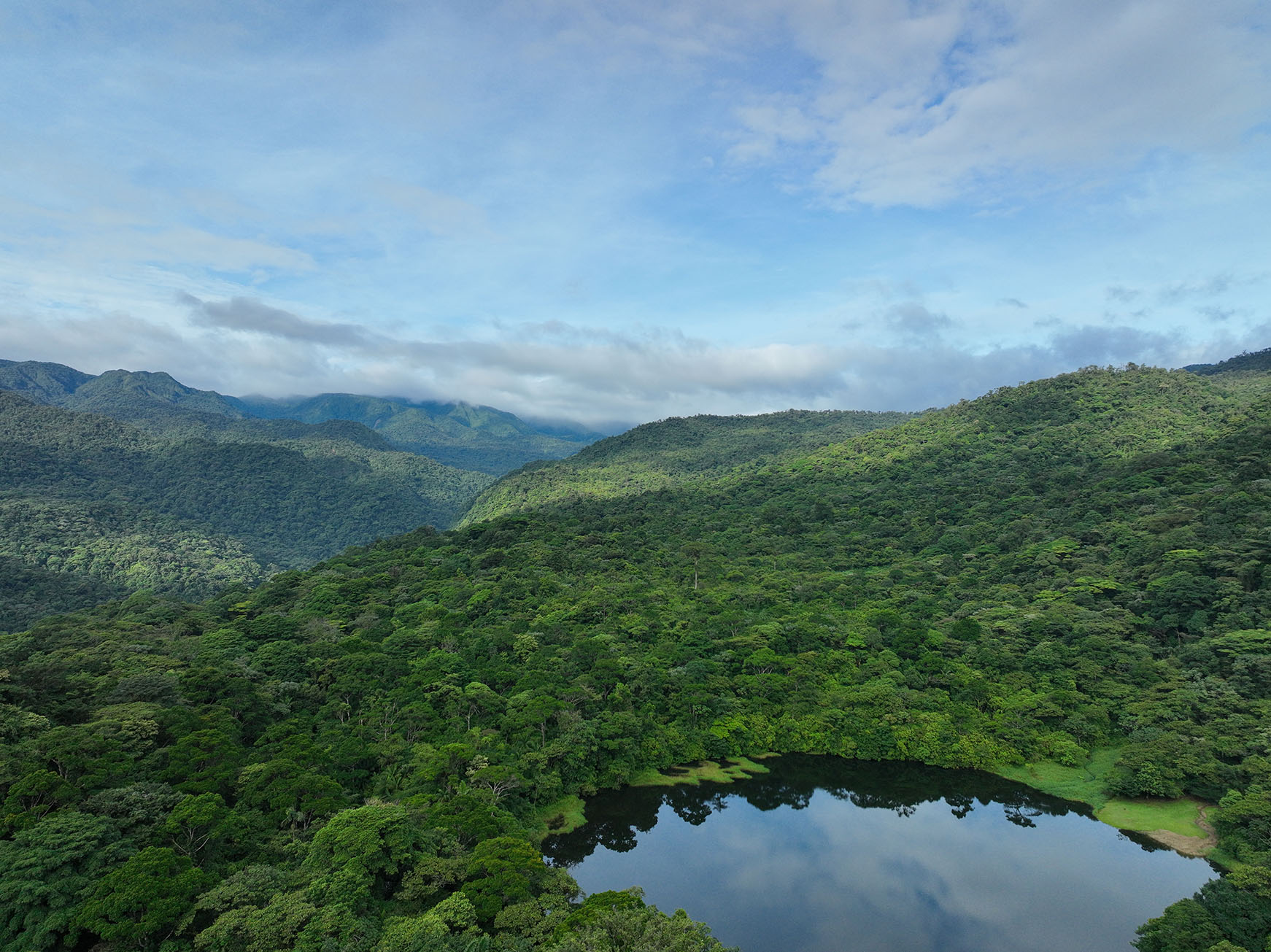
Lake at Pocosol, with the Peñas Blancas valley in the background. Making the Children's Eternal Rainforest truly eternal is a complex labor involving education, research, protection, administration, and more.
Current needs
Purchasing land for conservation is the first step; making the forest and its biodiversity truly “eternal” is a constant labor of education, community involvement, control and protection, maintenance, administration, and much more. MCL has identified the following priorities for donations to support the operations and growth of the organization:
- Endowment Fund: This “eternal fund” was created to receive and invest specific donations, to support the conservation of the Children's Eternal Rainforest in perpetuity.
- Land purchase and protection: Donations in this category are used as follows: 50% purchase of land; 40% for the protection of the forest and 10% for the heritage fund.
- Environmental Education: To continue environmental education programming for children, youth and adults in neighboring communities.
- Research: The Children's Eternal Rainforest is one of the most incredible natural laboratories in the world, but it has been practically unstudied. Donations to this category will help promote research in the CER.
- General Donations: To be used where needed most.
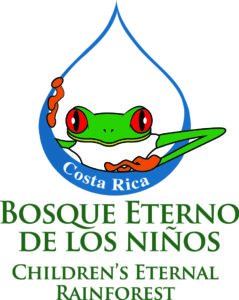
Follow us:
Contact us:
Monteverde Conservation League © 2024
